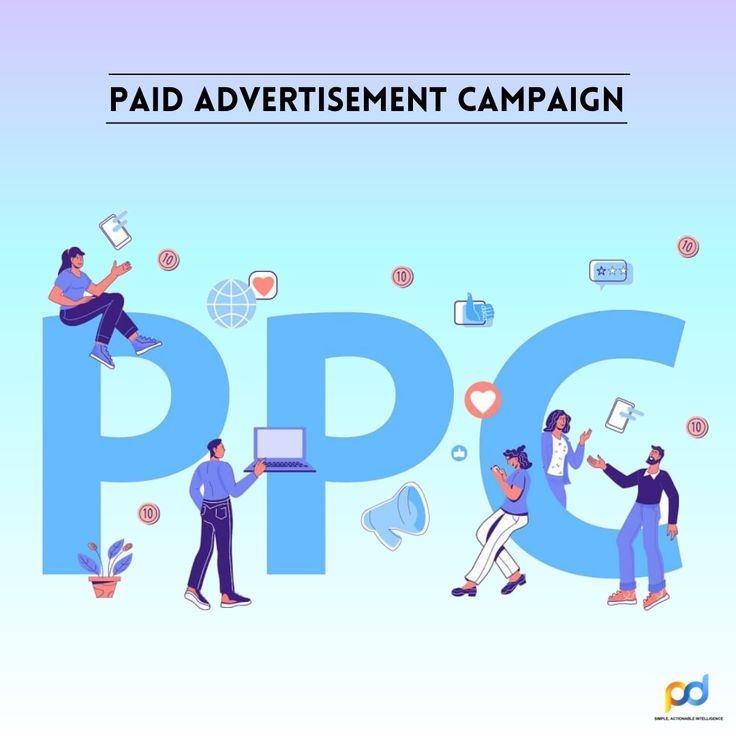Social media has transformed the way businesses connect with their audiences. With billions of users across platforms like Facebook, Instagram, Twitter, and LinkedIn, it’s an unparalleled opportunity to engage with potential customers. Companies can use these platforms to build brand awareness, drive traffic to their websites, and ultimately increase sales. Social media offers direct interaction with users, making it a valuable tool for fostering relationships and loyalty.
Moreover, the data generated from social media interactions can provide insights into customer behavior and preferences. These analytics are essential for creating targeted marketing strategies. Businesses that neglect social media risk falling behind competitors who actively use these platforms to stay relevant.
Integrating social media into your marketing strategy is no longer optional; it’s a necessity. Understanding how to effectively utilize it can help businesses of all sizes tap into new markets and build lasting customer connections.
Setting Clear Goals for Your Social Media Strategy

Before diving into social media marketing, it’s crucial to set clear and measurable goals. What do you want to achieve? Whether it’s increasing brand visibility, generating leads, or driving conversions, having defined objectives will guide your strategy. These goals should align with your broader business objectives and be specific, measurable, attainable, relevant, and time-bound (SMART).
For instance, a brand might aim to grow its Instagram following by 20% in three months or increase website traffic from Facebook by 15% within a quarter. Setting such benchmarks ensures that you can track your progress and make necessary adjustments.
Additionally, understanding your target audience is a fundamental part of this process. Knowing who you want to reach will influence the type of content you create and the platforms you prioritize. Research your audience’s demographics, interests, and behaviors to craft a strategy that resonates.
Choosing the Right Platforms for Your Business

Not all social media platforms are created equal, and what works for one business might not work for another. Identifying the right platforms for your brand is essential for maximizing your marketing efforts. For example, visual-heavy platforms like Instagram and Pinterest are ideal for industries like fashion, food, and travel, while LinkedIn is more suited for B2B companies.
Each platform has its own unique strengths and audience demographics. Facebook is great for building community and reaching a broad audience, while TikTok is perfect for engaging younger audiences with short, entertaining videos. Conducting a thorough analysis of each platform’s user base and features can help you determine where to focus your efforts.
Remember, it’s better to excel on a few platforms than to have a weak presence on many. Prioritize quality over quantity by dedicating resources to the platforms that align best with your goals and audience.
Crafting Engaging Content That Resonates
Content is the heart of social media marketing. To capture and retain your audience’s attention, you need to create content that is both engaging and valuable. This includes a mix of educational, entertaining, and promotional posts. High-quality visuals, compelling captions, and relevant hashtags are key elements of successful content.
Storytelling is a powerful tool in content creation. Share your brand’s journey, highlight customer success stories, or provide behind-the-scenes looks at your operations. These types of posts humanize your brand and foster a deeper connection with your audience.
Additionally, leveraging trending topics and incorporating user-generated content can increase engagement. Encourage your followers to share their experiences with your brand and feature them on your platforms. This not only boosts credibility but also fosters a sense of community.
Leveraging Paid Advertising for Maximum Impact

While organic reach is valuable, paid advertising on social media can significantly amplify your efforts. Platforms like Facebook Ads Manager and LinkedIn Campaign Manager offer robust tools for targeting specific audiences based on demographics, interests, and behaviors. This ensures that your content reaches the right people at the right time.
Running paid campaigns allows you to promote your content, products, or services more effectively. Experiment with different ad formats, such as carousel ads, video ads, and sponsored posts, to see what resonates most with your audience. Monitor performance metrics like click-through rates (CTR) and conversion rates to optimize your campaigns.
Remember, even a modest advertising budget can yield significant results when used strategically. Test various approaches, analyze the data, and refine your strategy to maximize your return on investment (ROI).
Engaging with Your Audience Consistently
Social media is not just about broadcasting your message; it’s also about building relationships. Engaging with your audience is a critical component of a successful strategy. Respond to comments, answer questions, and acknowledge feedback—both positive and negative—to show that you value your audience’s input.
Hosting interactive sessions, such as Q&A’s, live streams, and polls, can further enhance engagement. These activities encourage real-time interaction and help you better understand your audience’s preferences. Building a loyal community requires consistent effort and a genuine interest in your followers’ needs.
By staying active and responsive, you create a positive brand image and foster trust, which can lead to long-term customer loyalty.
Monitoring and Analyzing Performance Metrics
To ensure the effectiveness of your social media efforts, it’s essential to monitor and analyze key performance metrics. Tools like Google Analytics, Hootsuite, and native platform insights provide valuable data on metrics such as reach, engagement, and conversion rates. These insights help you understand what’s working and what needs improvement.
Regularly reviewing your performance allows you to identify trends and adjust your strategy accordingly. For instance, if you notice that video posts generate higher engagement than static images, you can shift your focus to video content. Data-driven decisions are the cornerstone of a successful social media marketing strategy.
Set aside time for monthly or quarterly performance reviews to track your progress toward your goals. Use these insights to refine your approach and stay ahead of the competition.
Staying Updated with Industry Trends
The world of social media is constantly evolving, with new trends, algorithms, and features emerging regularly. Staying informed about these changes is crucial for maintaining a competitive edge. Follow industry blogs, attend webinars, and participate in online forums to keep up with the latest developments.
Experimenting with new features, such as Instagram Reels or Twitter Spaces, can help you stay relevant and engage your audience in innovative ways. Being an early adopter of trends can position your brand as a leader in your niche.
However, it’s equally important to evaluate the relevance of these trends to your audience and goals. Not every trend will align with your brand’s identity, so choose wisely.
Building Partnerships and Collaborations
Collaborating with influencers and other brands can expand your reach and credibility. Influencers, in particular, have established trust with their audiences, making them valuable partners for promoting your products or services. Choose influencers whose values align with your brand to ensure authenticity.
Partnerships with complementary brands can also be mutually beneficial. For example, a fitness apparel company might collaborate with a gym or a nutrition brand to cross-promote their offerings. Such collaborations can introduce your brand to new audiences and strengthen your market position.
Ensure that any partnership aligns with your goals and delivers value to both parties. Clear communication and a well-defined agreement are key to successful collaborations.
Social media marketing is a powerful tool for driving business success. By understanding your audience, setting clear goals, and creating engaging content, you can build a strong online presence. Leveraging paid advertising, staying updated with trends, and fostering meaningful interactions will further enhance your efforts.
Remember, consistency and adaptability are crucial in the ever-changing social media landscape. By following these essential tips, your brand can harness the full potential of social media and achieve long-term success.

